Last Updated
The inauguration of the long-awaited Maya Train has been a hot topic of conversation these past few months, and for good reason.
The billion-dollar infrastructure project has divided a great many people, some believing it will become the golden opportunity to open up the region to absolutely everybody, while others believe it is going to be a disaster for environmental and archeological sites.
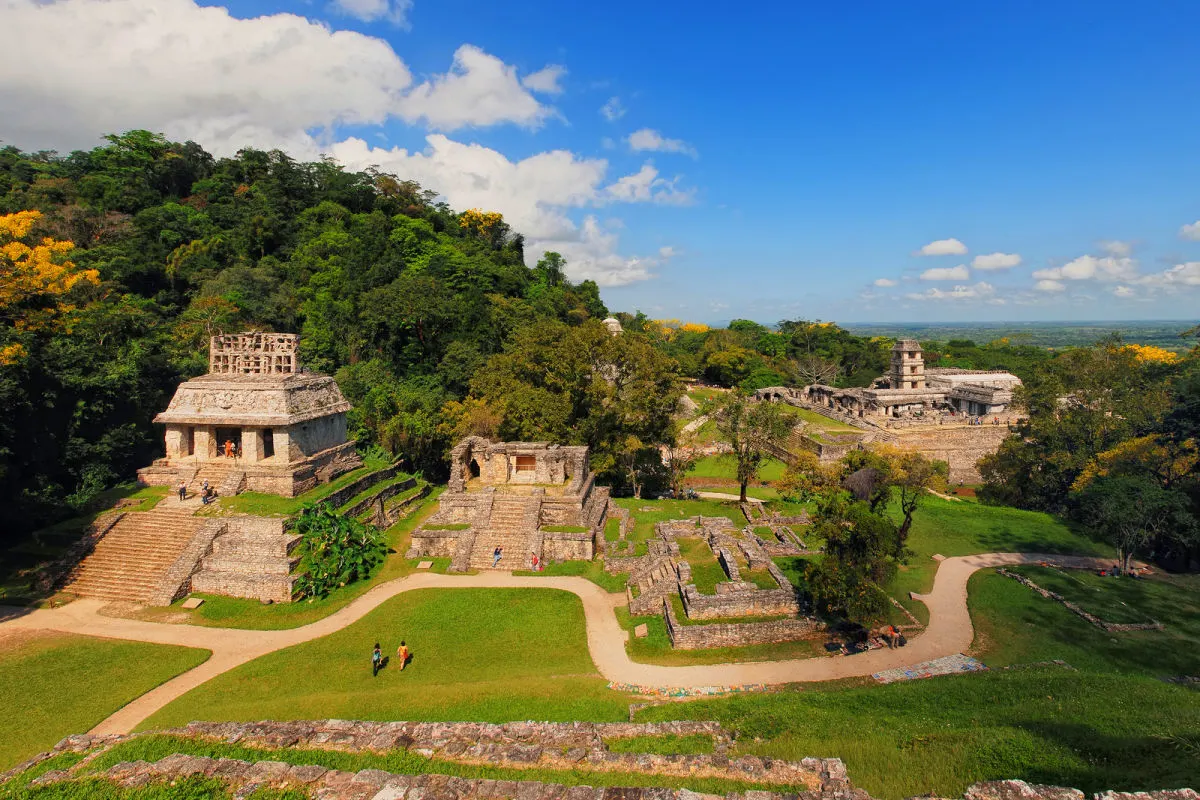
Keen to appease the doubters among the crowd, the government has led with caution around sites that are of significance to the landscape, causing one section of the train route to become delayed in opening in order to preserve the environment around it.
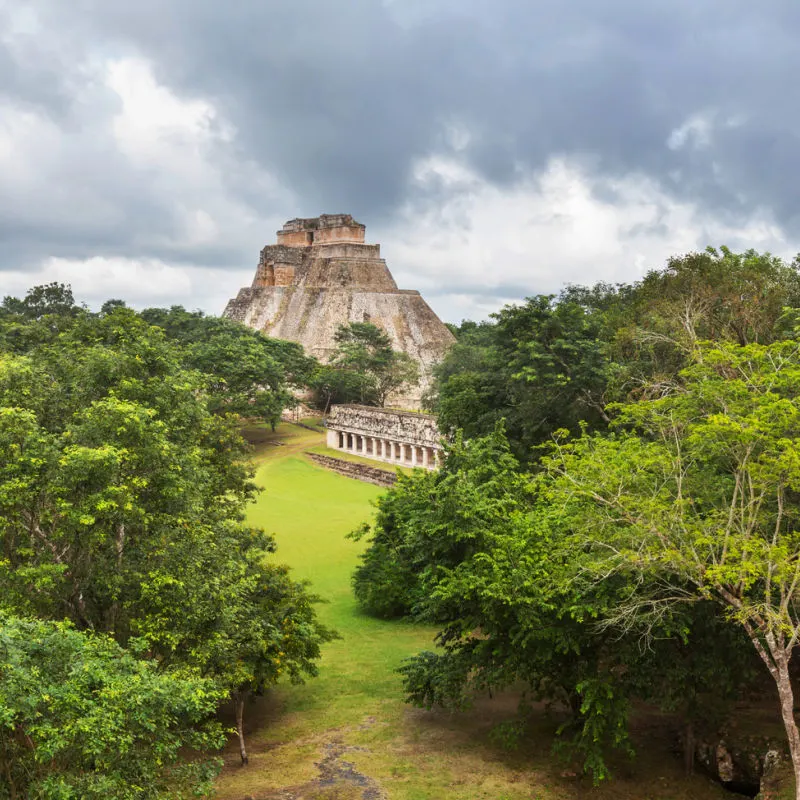
Promeza (The Archeological Improvement Program), an initiative that has been spearheaded by the National Institute Of Anthropology And History (INAH), has allowed the research, restoration, and conservation of 27 archeological sites spanning across the route of the new Mayan Train.
This is hugely significant as their work will allow for the opening of services and attractions to the public that would have been completely unnoticed before.
This comes after the interest in historical tourism has increased tenfold among tourists this year, with visiting such infamous archeological zones like Chichén Itzá becoming the number one thing to do in the Mexican Caribbean.
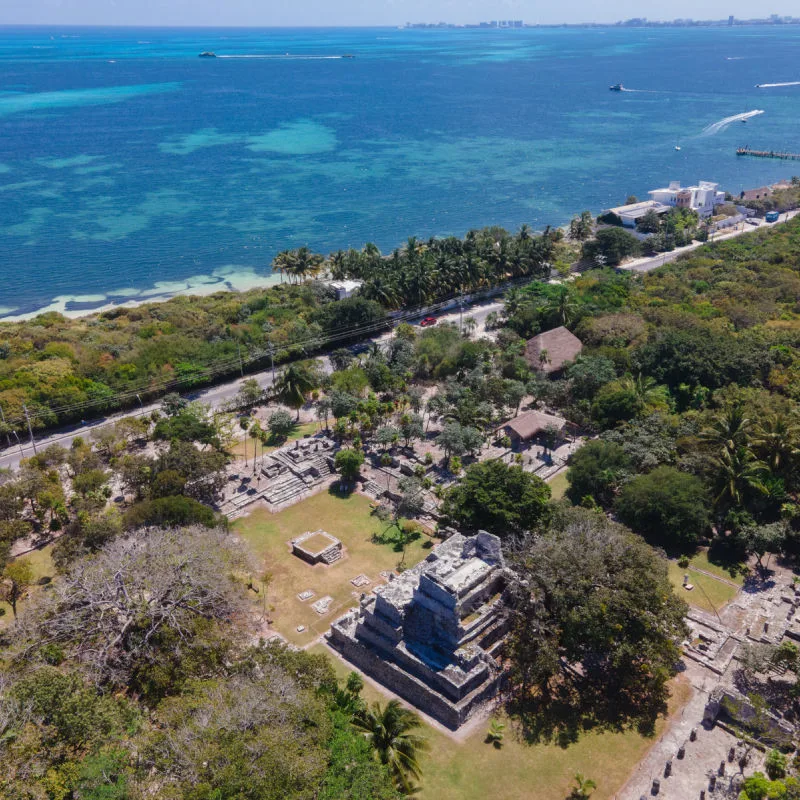
It seems that a great many tourists are looking for more from their vacation than just the picturesque beach setting, which of course is not without its charm.
That is why the Maya train could not be arriving at a more perfect time, with the winter high season expecting to be extremely busy this year as the Mexican Caribbean experiences a record-breaking 2023 in the tourism sector.
With plans for constructing or restructuring museums, opening 11 visitor service centers, and expansion of areas, trails, and schedules, the Maya Train can only be good news for history buffs looking to explore the wonders the region has to offer.
Here are some of our highlights:
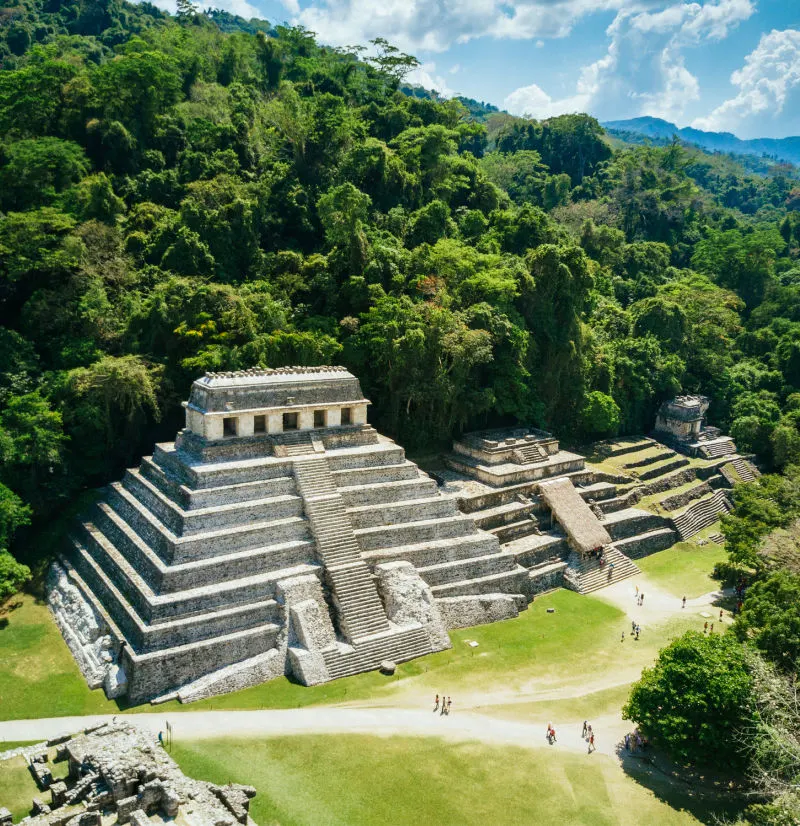
The inaugural route of the Maya Train begins on December 15th, from Chiapas to Cancun.
Palenque, situated in Chiapas, has restored friezes, columns, and walls in its archeological site, as well as discovering a lithic workshop and a funerary chamber that is now open to the public.
Here, you also be able to experience the newly renovated “Alberto Ruz L’huillier” Site Museum.
Another destination that is set to become more popular among tourists due to new accessibility via the train is Campeche.
On the site of El Tigre, preservation of the two main squares and the “Triadic Complex” has become available to the public, as well as a hieroglyphic staircase and the building known as the Five Floors of Edzna.
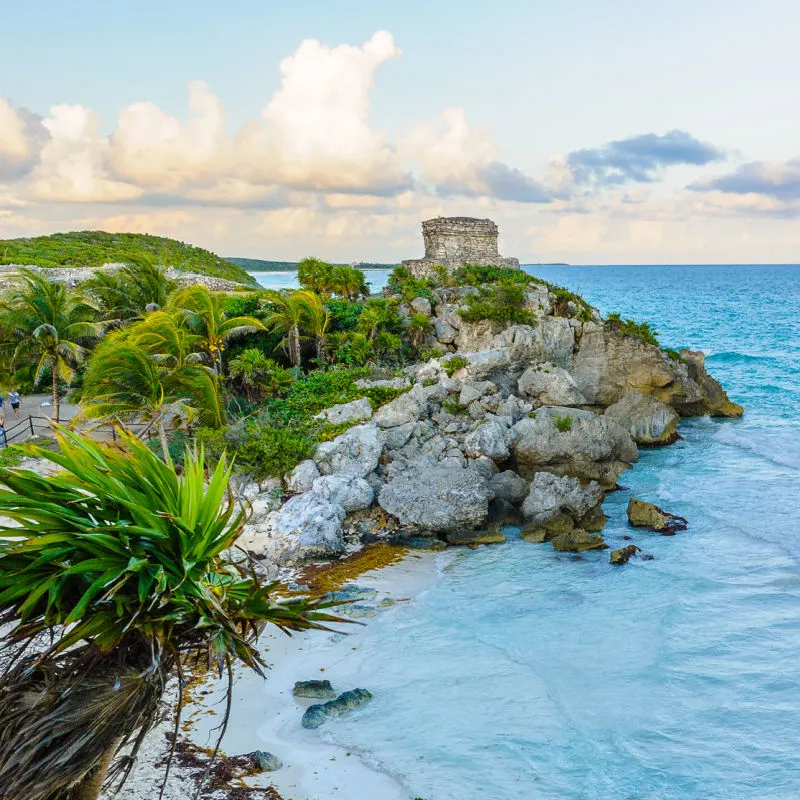
In Quintana Roo, work has already begun in preserving and researching the El Meco Archeological Zone, with a plan to connect the site to the beach, which sounds exciting!
Tulum, which is a hotspot for archeological tourism known for its Maya Ruins set on the cliff sides of its coastline, is continuing to conserve important structures, as well as build a new Museum of the Eastern Coast.
With the arrival of the new Tulum International Airport, due to open this December, visitors will be flocking to the destination in search of discovering all the hidden gems it has to offer.
The program is also focusing on the Puuc Route in Yucatán by creating new museums, preserving roads, and expanding access to ancient settlements, areas that flourished more than 2000 years ago.
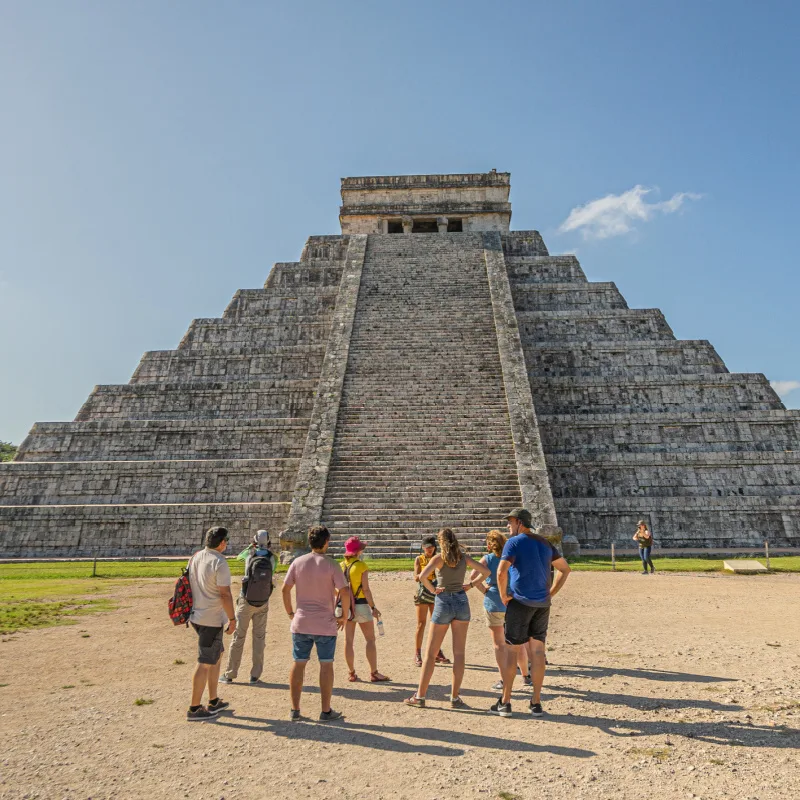
Chichén Itzá which just recently opened a new archeological section known as Chichen Viejo (which had been closed to the public for decades) will also open a “Grand Museum”, showcasing pieces collected from the program’s research, never before seen by the public.
We honestly would be here forever if we listed absolutely everything that is being worked on in anticipation of the Maya Train opening to the public, but just some quick figures to paint the perfect picture:
56,080 areas of real estate have been registered and preserved, and 1,925 moveable property and objects have been mainly restored, with 1,276,186 pots, 656 human bones, and 2,252 natural features linked to human settlements.
Say what you will about the Maya Train; it is certainly good news for many archeological sites in the Mexican Caribbean!
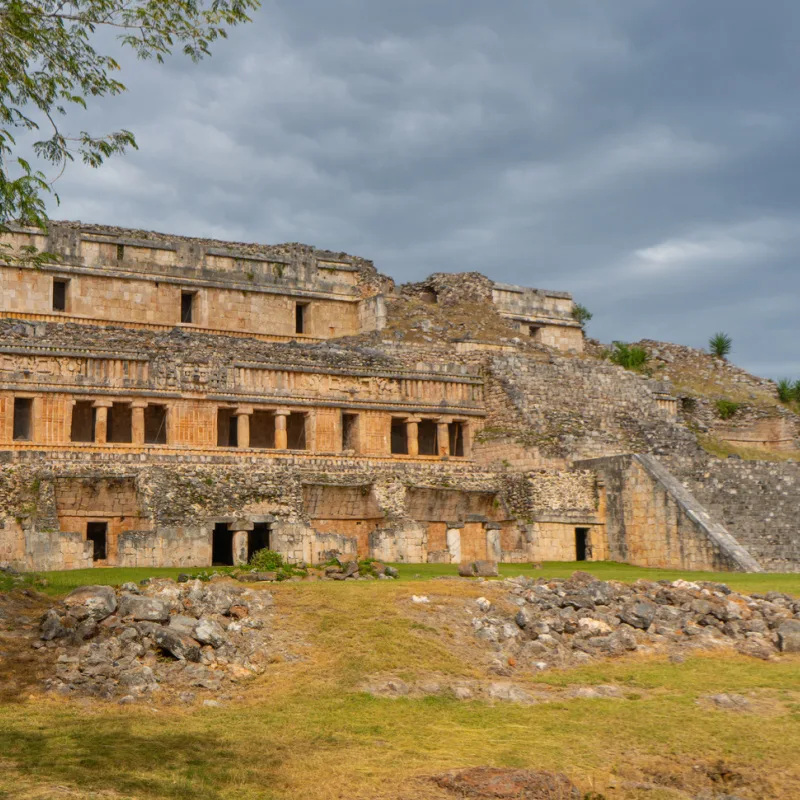
Plan Your Next Cancun Vacation:
Traveler Alert: Don’t Forget Travel Insurance For Your Next Trip!
Choose From Thousands of Cancun and Riviera Maya Hotels, Resorts and Hostels with Free Cancellation On Most Properties
↓ Join the community ↓
The Cancun Sun Community FB group has all the latest travel news, conversations and tourism Q&A’s for the Mexican Caribbean

Subscribe to our Latest Posts
Enter your email address to subscribe to The Cancun Sun’s latest breaking news affecting travelers, straight to your inbox.

Enrique
Tuesday 7th of November 2023
Worse ecological disaster for Mayan Riviera ever is that destructive train, more than 1500 km/70m of rainforest devastation and damage to Yucatán Eco systems, and damage the most beautiful cenotes along the way, including those very important ones between Tulum and Cancún. Not counting all corruption involved in this matter, Which has taken more than three times its original costs of $10 billion USD, and stealing all the lumber, which also means billions of dollars lost. This train not good for Yucatán peninsula.